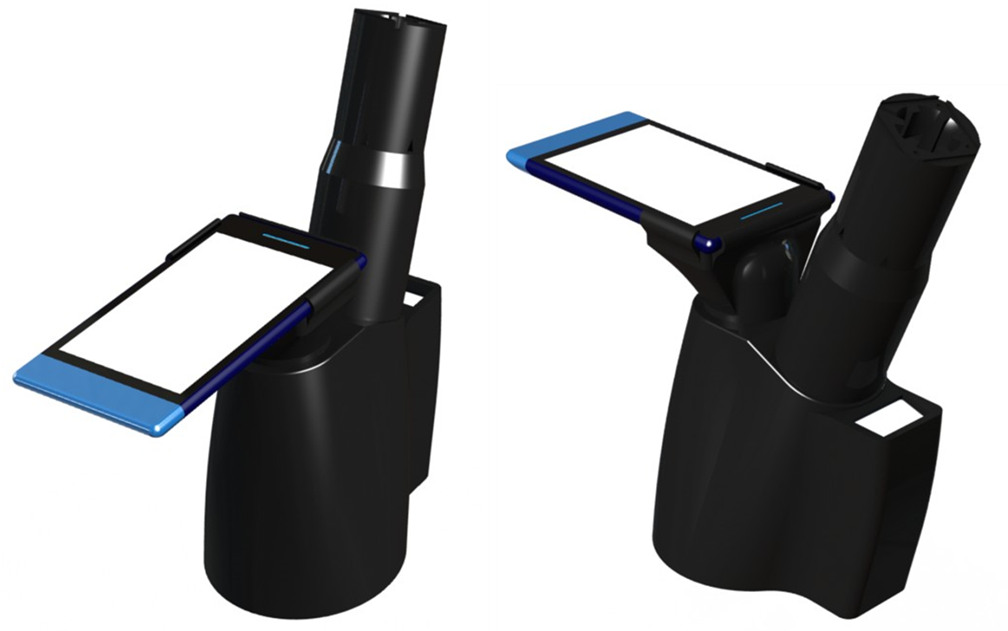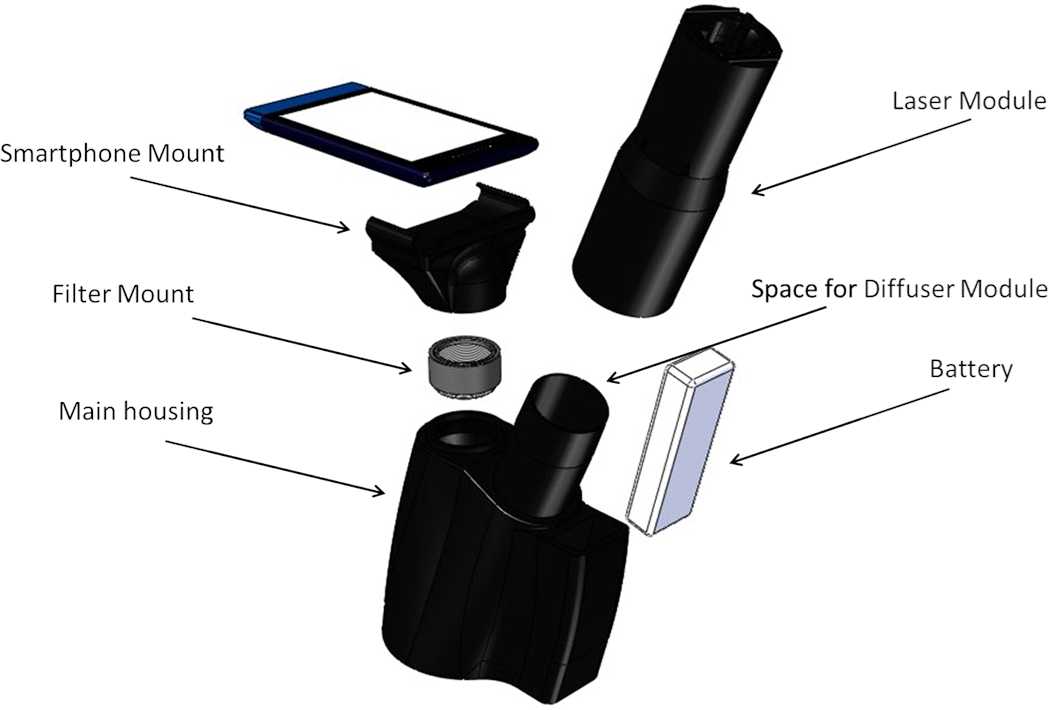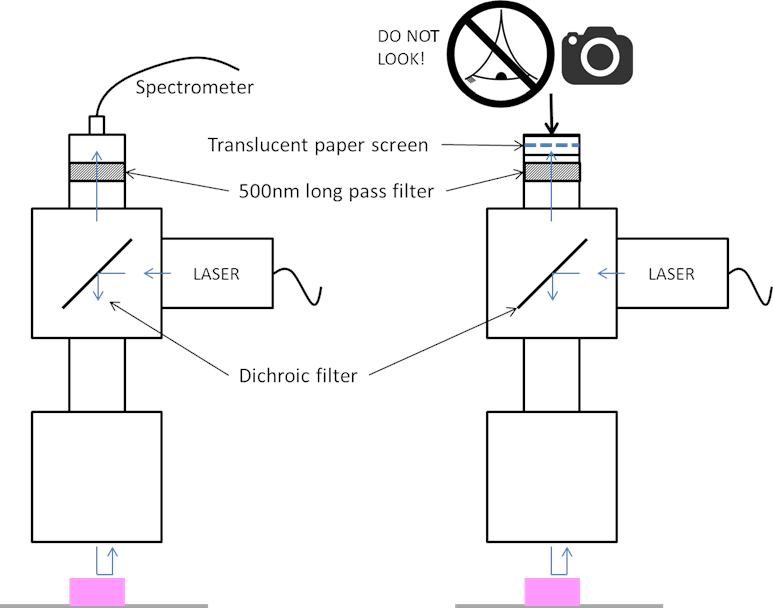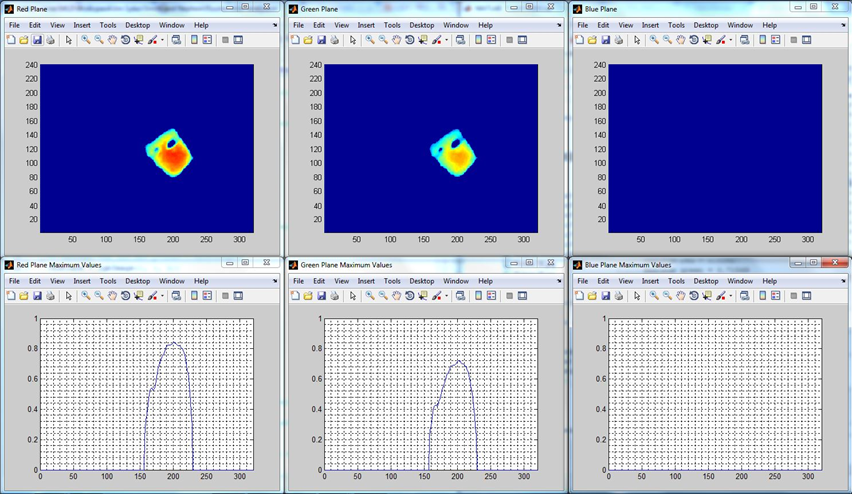Case Study: Smartphone Bacteria Fluorescence
Introduction
We worked with a large multi-national who had developed a fluorescently responseive material which was designed to interact with gram-positive and gram-negative bacteria. Upon interaction the material would change its wavelength properties indicating bacteria type and loading. A mobile instrument was to be developed based around a smartphone and an accessory acting as external hardware. Software in the form of an app containing hardware and camera control software and image processing algorithms were also developed.
Key Points
Completed System

Technologies
Customer
-
External Links & Publications
Design & Prototyping
We designed several form factors of the final design, the look and feel of the instrument was important to our customer so we provide them with multiple proof of concept designs. We used 3D printing for the housings, optical mounting and smartphone connections.



Experimental & Optical Design
While our focus was on developing a smartphone based solution, in parallel we created a flexible optical platform to allow experimentation to start early at the customers premises. We started with a typical epi-illumination set-up using a low-cost laser diode and dichroic mirrors and a USB camera. This allowed the customer to start generating data, the output of which informed our smartphone version and allowed the two parallel tasks to meet in the middle to move closer to the final solution.
Image Processing
A fluorescence based image was captured and from this we were able to use image processing to identify key features on the material, extract these features and analyse their fluorescent profile. Using some pre-calibrated mathematic models we were then able to determine gram-positive or negative bacteria and estimate the bacterial loading of the material.
